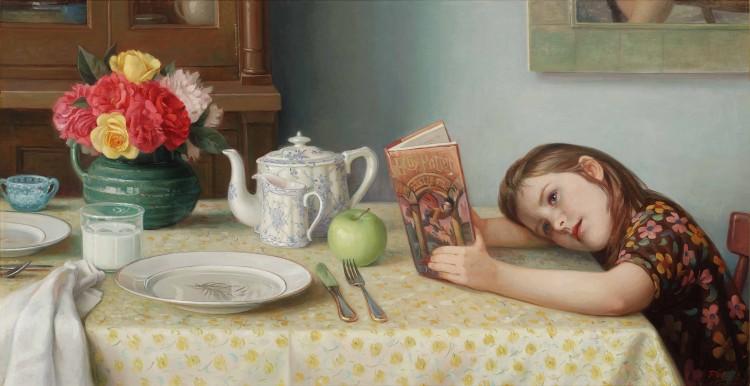NEW YORK—Patricia Watwood and two other artists came together at the Forbes Galleries, where she currently has an exhibition through June 9, to espouse the virtues of contemporary classical realist art while searching for clarity about the oft-misunderstood field.
“Our work is not usually ironic, overly self-reflective, morbid, or nihilistic,” she explained. “It’s based in traditional methods, it embraces beauty as an emotional and rhetorical language, it uses naturalistic representation, and it is built on the twin cores of Western art—nature and design.”








